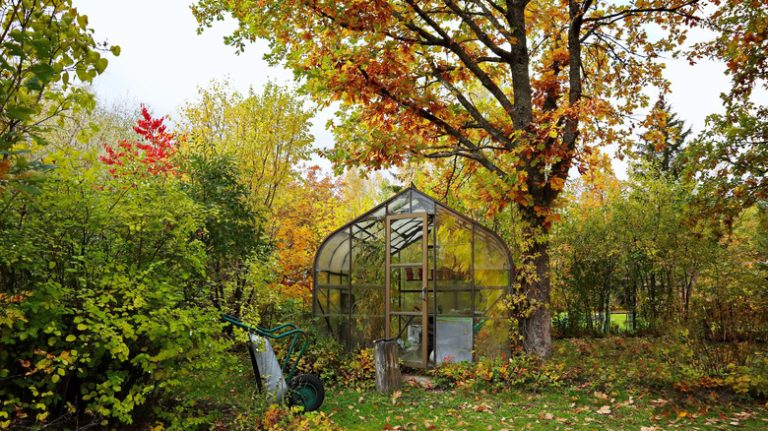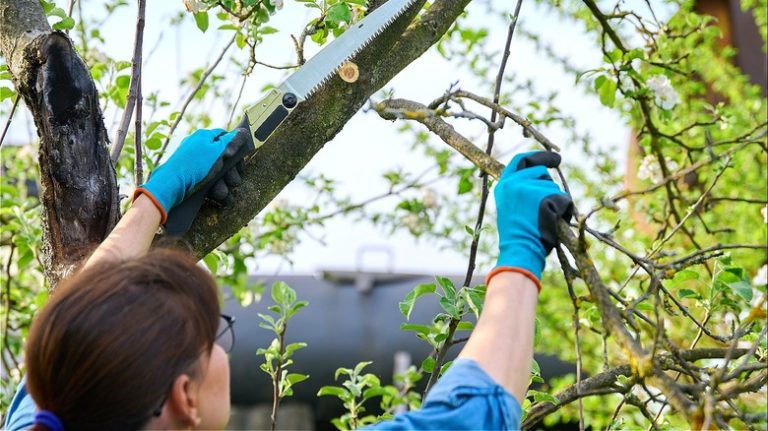The azalea bush is a popular ornamental plant known for its beautiful flowers and attractive foliage. It is grown in gardens and plantings all around the world, where it adds a bright splash of color and a touch of elegance to any landscape. Azaleas are part of the rhododendron family and are typically smaller and more compact in size. They are well loved for their showy blooms, which come in a wide range of colors including pink, orange, and white.
When planting azaleas, it is important to choose a location where they can receive ample sunlight. These plants thrive in partial shade and do best when planted in well-draining soil that is rich in organic matter. Azaleas can also be grown in containers, making them a versatile choice for small spaces or gardeners with limited mobility.
Azaleas care can be simple if you follow some basic guidelines. They require regular watering, especially during dry spells, and benefit from a layer of mulch to retain moisture and suppress weeds. Azaleas also benefit from regular pruning to maintain their desired shape and promote healthy growth. These plants are generally pest and disease resistant, but it is always a good idea to keep an eye out for any signs of trouble. If you notice any issues, consult your local garden center or ask for advice from gardening experts.
In addition to their beautiful flowers, azaleas are known for their attractive foliage. The leaves are typically smooth and glossy, and they come in a variety of shades of green. Some varieties also boast unique foliage colors, such as variegated or bronze-toned leaves. This makes azaleas a great companion plant for other shade-loving plants, as they provide a visually stunning display both when in bloom and during the rest of the year.
Azalea bushes are winners in many gardens due to their easy care, stunning flowers, and rich foliage. Whether planted in a garden or in containers, these plants are sure to make a statement and brighten up any space. So why not consider adding an azalea bush to your garden or landscape? You won’t be disappointed!
Rhododendrons and Azaleas
Rhododendrons and azaleas are closely related flowering plants that are native to Asia, Europe, and North America. They are known for their beautiful blooms and attractive foliage, making them popular choices for gardens and landscaping.
Where rhododendrons tend to grow tall and wide, azaleas are generally smaller and more compact. Both plants thrive in acidic soils and prefer dappled or partial shade, though they can tolerate varying levels of light exposure depending on the species.
When planting rhododendrons or azaleas, it’s important to prepare the soil properly. These plants have shallow root systems, so the planting hole should be wide and shallow. Amend the soil with organic matter and create a smooth, slightly raised area for planting. Spacing between plants should be determined by their mature size, generally ranging from 3 to 6 feet apart.
Azaleas and rhododendrons require regular watering, especially during dry periods. It’s important to water deeply and consistently, ensuring the moisture reaches the entire root system. Mulching around the base of the plants can help retain moisture and regulate soil temperature. High-quality fertilizer specifically formulated for acid-loving plants should be applied in early spring.
Azaleas and rhododendrons are prone to certain pests and diseases. They can be affected by lace bugs, spider mites, and powdery mildew. Regular inspection and proper care can help prevent and address these issues. Pruning should be done immediately after blooming to maintain the desired shape and remove any dead or diseased wood.
Both plants are known for their colorful and abundant blooms, which usually occur in spring or early summer. Rhododendrons often produce large clusters of flowers, while azaleas tend to have single flowers. The blooms can range in color from whites and pinks to purples and yellows, depending on the species.
In conclusion, rhododendrons and azaleas are beautiful flowering plants that can add color and texture to any garden or landscape. With proper care and attention, these plants can thrive and create a stunning display. Whether planted in borders, woodland areas, or as companions to other plants, rhododendrons and azaleas are a great choice for any gardening enthusiast.
Sources:
- Clemson University Cooperative Extension Service
- Shutterstock
How to Plant Grow and Care for Rhododendron and Azalea Shrubs
Rhododendrons and azaleas are beautiful flowering shrubs that can add color and texture to your garden. Whether you are a seasoned gardener or just starting out, these plants are a great addition to any landscape. In this article, we will provide you with information on how to plant, grow, and care for rhododendron and azalea shrubs.
Planting
When it comes to planting rhododendron and azalea shrubs, location is key. These plants prefer bright, well-drained soil with plenty of organic matter. They also need some shade, so planting them under trees or in the dappled shade of taller shrubs is ideal. Choose a spot with good air circulation to prevent issues with pests and diseases.
Before planting, prepare the soil by removing any weeds or grass and amending it with compost or other organic amendments. Dig a hole that is two times wider and just as deep as the container the shrub is in. Carefully remove the plant from its container, making sure to handle it by the root ball and not the stem. Place the shrub in the hole, making sure it is planted at the same level it was in the container. Backfill the hole with soil and gently firm it around the roots.
Spacing between shrubs will depend on the variety and how large they are expected to grow. Generally, azaleas and rhododendrons should be spaced about 3 to 6 feet apart.
Growing and Care
Once the shrubs are planted, they will need regular care to thrive and display their beautiful blooms. Here are some important points to keep in mind:
- Watering: Rhododendrons and azaleas should be watered regularly, especially during dry periods. Aim to keep the soil moist but not waterlogged. Mulching around the base of the plant can help retain moisture.
- Fertilizing: These plants benefit from regular fertilization. Use a slow-release fertilizer formulated for acid-loving plants, and apply it according to the package instructions. Avoid excessive use of fertilizer, as it can damage the shrubs.
- Pruning: Rhododendrons and azaleas generally don’t require much pruning. However, if the shrubs become overgrown or need shaping, you can carefully trim them back after they finish blooming. Remove dead or diseased branches as well.
- Pest and Disease Control: Keep an eye out for common pests such as aphids, scale, and spider mites. If you notice any signs of infestation, treat the plants with appropriate insecticides. In terms of diseases, rhododendrons and azaleas can be susceptible to fungal infections. Provide good air circulation, remove any affected foliage, and use fungicides as necessary.
Blooming and Color
Rhododendrons and azaleas are known for their vibrant blooms and a wide range of colors. The flowering period will depend on the specific species and variety, as well as the climate and growing conditions. Generally, they bloom from late spring to early summer. If you want a continuous display of blooms, consider selecting different varieties with different blooming times.
Azalea bushes, in particular, produce showy flowers that come in single or double forms. The bell-shaped flowers can be white, pink, red, purple, or a combination of colors. Rhododendrons, on the other hand, typically have large, cluster-like flowers with bright, eye-catching colors.
Important Notes
While rhododendrons and azaleas are beautiful and can enhance any garden, there are a few important points to consider:
- Poisonous: Some parts of rhododendrons and azaleas are toxic to humans and animals if ingested. Be cautious if you have young children or pets and make sure they don’t eat any parts of the plants.
- Heat and Cold Exposure: Both extreme heat and extreme cold can be harmful to these shrubs. Provide protection from harsh sunlight and strong winds to prevent damage.
- Frequently Asked Questions: If you have any questions or need further advice about planting, growing, or caring for rhododendron and azalea shrubs, consult reliable gardening sources or reach out to knowledgeable experts in the field.
- Feedback and Suggestions: Azaleas and rhododendrons are popular landscaping choices, and there are countless cultivars available. Don’t be afraid to experiment and try out different varieties to create a unique and visually appealing design in your garden.
By following the planting and care instructions outlined in this article, your rhododendrons and azaleas will thrive and reward you with a spectacular display of colorful blooms.
Sign up for daily gardening advice and tips
If you’re an avid gardener or just starting out, sign up for our daily gardening advice and tips to help you cultivate and maintain a beautiful garden. Our experts provide valuable information on various garden plants, their care, and maintenance. Whether you have a small urban garden or a sprawling backyard, our tips cover everything from the basics to advanced techniques.
When it comes to your garden, knowing when to plant and how to care for your plants is crucial. Our daily tips will guide you on when and how to sow seeds, transplant seedlings, and grow flowers. From single plantings to designing beautiful flower beds and companion planting, we give you the advice you need to create stunning garden arrangements.
Gardening tips aren’t limited to just flowers and plants. We also provide advice on different types of garden bushes and their care. Azaleas, a popular choice for garden borders and woodland plantings, come in a wide variety of colors and sizes. Our tips cover everything from the description and exposure requirements of azaleas to their appropriate care, including soil amendments and pruning techniques.
One major consideration when planting azaleas is their hardiness zones. Most azalea varieties aren’t frost-tolerant, so it’s important to know about the frost dates in your area before planting. Our experts provide detailed information on the appropriate planting time for azaleas, so you can enjoy their beautiful flowers without the risk of frost damage.
Aside from planting advice, we also cover common diseases and pests that azaleas may encounter. From bud drop to leaf spot, our tips will help you identify and treat these issues effectively. We also provide information on companion plants that can help deter pests and improve the overall health of your azaleas.
No matter the size or style of your garden, sign up today for our daily gardening advice and tips. Our knowledgeable experts will help you make the most out of your garden and ensure that it thrives with beautiful azaleas and other garden plants!
| Submitted by: | WinnersRhododendron |
| Photo: | View a photo of a beautiful azalea bush |


